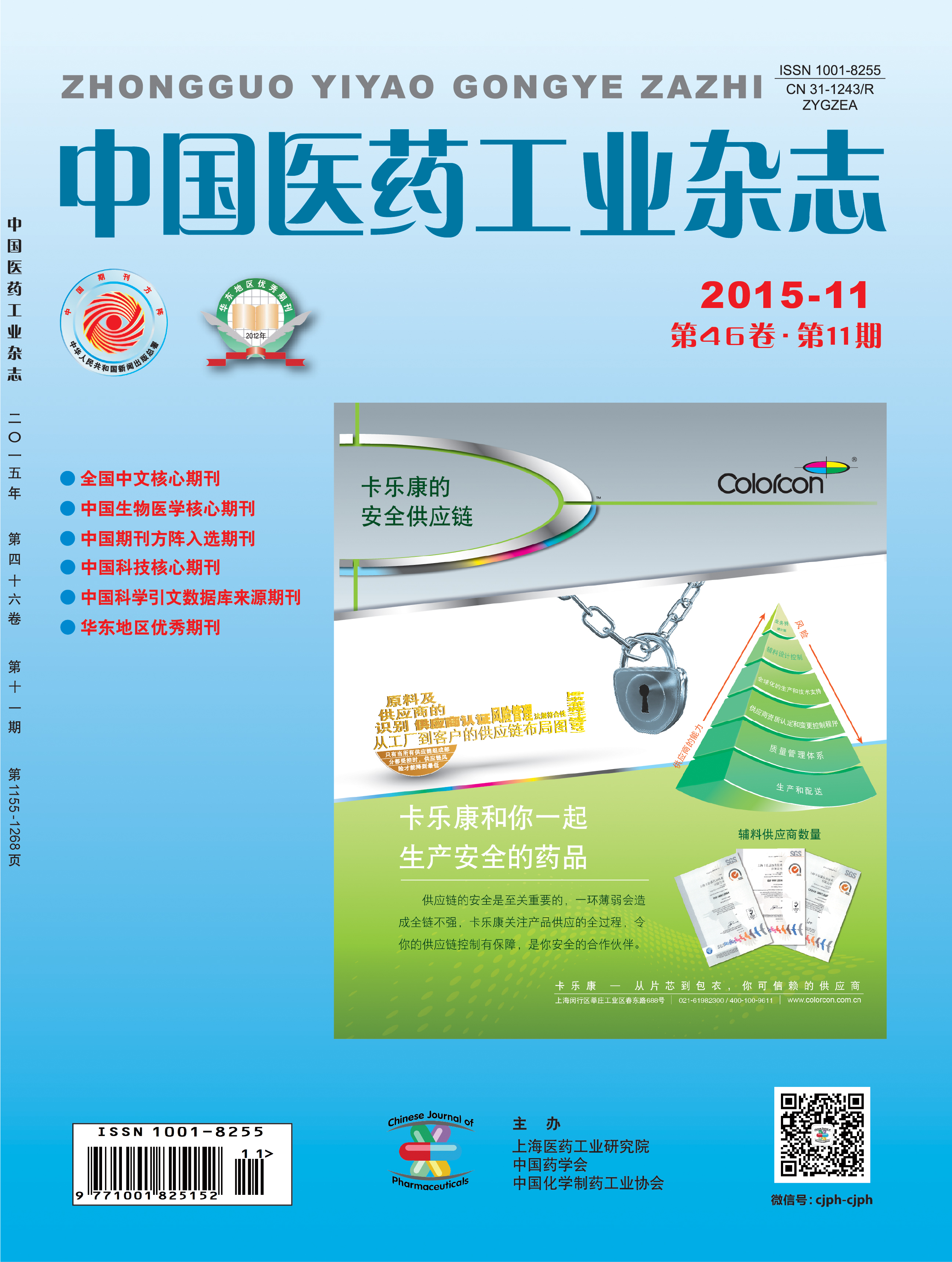YANG Lixia1,2, ZHANG Sujuan1,2, ZHANG Xu1,2, SONG Qiannan1,2, LIANG Min1,2*
A GC method was established for the determination of ten residual organic solvents and a starting material N-(3-chloropropyl)morpholine in gefitinib. DMF, DMSO and N-(3-chloropropyl)morpholine were quantitatively determined by direct sampling gas chromatography (D-GC) on a DB-624 column, with 1-methyl-2- pyrrolidinone∶chloroform (1∶99) as the solvent and temperature programmed control. Their average recoveries were 99.6% - 101.8%, with RSDs less than 2.8%. Methanol, acetone, isopropanol, dichloromethane, tert-butyl methyl ether, n-hexane, chloroform and n-butanol were quantitatively determined by headspace gas chromatography (HS-GC) on a DB-624 column, with 1% 1-methyl-2-pyrrolidinone aqueous solution as the solvent and temperature programmed control. The above eight organic solvents were completely separated. Their average recoveries were 98.2% - 109.6%, with RSDs less than 4.2%.
